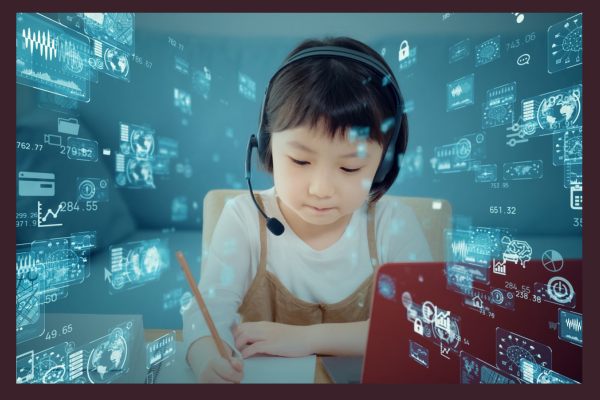Education Technology: Empowering Learning in the 21st Century – By Bhanuka- eLanka

In the rapidly evolving landscape of education, technology has emerged as a powerful catalyst for transformation. From interactive digital textbooks to immersive virtual classrooms, educational technology, or EdTech, is revolutionizing the way students learn and teachers teach in the 21st century. In this article, we explore the myriad ways in which EdTech is reshaping education, enhancing accessibility, engagement, and outcomes for learners worldwide.
1. Personalized Learning Experiences: One of the most significant benefits of EdTech is its ability to personalize learning experiences for students. Adaptive learning platforms use data analytics and artificial intelligence to assess each student’s strengths, weaknesses, and learning preferences, delivering tailored content and pacing to optimize comprehension and retention.
2. Interactive Multimedia Content: Gone are the days of static textbooks and chalkboard lectures. EdTech platforms offer interactive multimedia content, including videos, simulations, and gamified learning experiences, that engage students and bring abstract concepts to life. These dynamic resources foster active participation and deeper understanding, catering to diverse learning styles.
3. Remote Learning and Distance Education: The advent of digital technologies has made remote learning and distance education more accessible and effective than ever before. Virtual classrooms, video conferencing tools, and online collaboration platforms enable students to engage in real-time discussions, submit assignments, and interact with peers and instructors from anywhere in the world, breaking down geographical barriers to education.
4. Digital Assessment and Feedback: EdTech facilitates more efficient and comprehensive assessment practices, allowing educators to administer quizzes, tests, and assignments electronically and provide timely feedback to students. Automated grading systems and data analytics tools enable educators to track student progress, identify areas for improvement, and tailor interventions accordingly, fostering continuous learning and growth.
5. Accessibility and Inclusivity: Technology has the power to make education more accessible and inclusive for students with diverse needs and abilities. Assistive technologies such as screen readers, speech-to-text software, and captioning tools accommodate learners with disabilities, ensuring equal access to educational resources and opportunities for all.
6. Lifelong Learning and Professional Development: EdTech extends beyond traditional classroom settings to support lifelong learning and professional development. Online courses, webinars, and digital learning platforms offer individuals of all ages and backgrounds the opportunity to acquire new skills, pursue personal interests, and advance their careers in a flexible and self-directed manner.
Conclusion: In conclusion, education technology is revolutionizing learning in the 21st century, empowering students, educators, and lifelong learners alike to thrive in an increasingly digital world. By harnessing the power of technology to personalize learning experiences, enhance engagement, and expand access to education, we can unlock the full potential of every learner and build a brighter future for generations to come.







